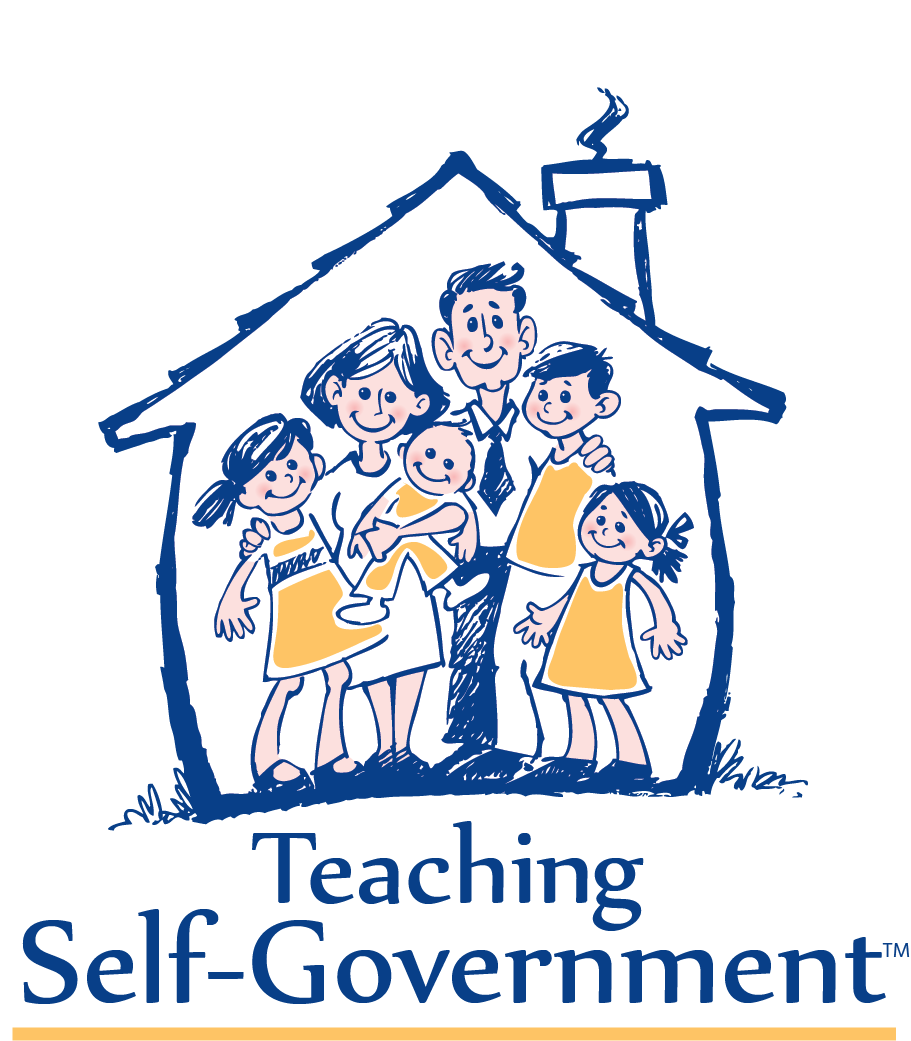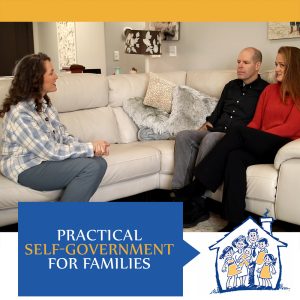Problem Solving In The Snow! 5 Steps To Self-Government
I believe in raising strong, problem solving children! Today Paije, my sixteen year old daughter had the chance to learn problem solving in a whole new way even though she ended up using skills she has known her whole life.
Paije has been driving for quite a while now, but today she had a kind of driving lesson she had never had before. In our home town of Tooele, Utah Paije drives all over the place with complete confidence, but if she has to drive into the big city, she always asks me to go with her.
Today we took a drive to an appointment in the city and I told her she was completely in charge of getting us there and home. She looked up the address and asked me a few questions. While on the road I gave her a few tips here and there are about how to navigate the city and about key roads and highways, but I didn’t tell her where to turn or how to get us to our appointment. We took a few wrong turns, hit some rush hour traffic that made her sweat a little bit, and ended up getting to our appointment a half hour late.
After the appointment, it was getting dark and starting to rain. Paije didn’t want to drive home in the dark in bad weather. I told her she had to but that I would be there to make sure she was safe. She didn’t need to worry about anything bad happening. She just needed to be brave.
Very reluctantly at first she started toward home. She drove, somewhat in a panic, worried about the darkness. I stayed silent. She asked me if I would please just tell her how to get home. I gently advised her to think, to remember the way she came and the name of the roads she had been on. Then I asked, “Paije what way do you think the freeway is?”
Paije pointed in the right direction, but didn’t ever get brave enough to turn down any street. I think she was worried she would make the “wrong” choice and not find the freeway she hoped for. She drove for blocks and blocks and then did something I had been waiting for. She pulled into a service station and said, “I just have to stop and think for a minute.”
Minutes before, tears had started to well up in her eyes, but now she was calming herself and trying to recall from her brain what way she had come. She turned back and attempted to retrace her steps again. This time, due to her calmness, she was brave. She took turns and saw the landmarks she hadn’t noticed before. She took a different road to the freeway, but got there and was very diligent in looking at the road signs for direction.
Paije had pretty much made it at that point and then something happened; the soft rain turned to hard snow and started covering the roads with slush and snow. We still had close to an hour of driving left before home if the weather had been good. It would be a long drive home.
At first, when the snow started coming down hard Paije started driving faster. It was as if the stress of the situation made her want to get home faster no matter what. I told her she needed to slow down and relax. In the city she was okay if she kept driving slow and staying away from the really slushy places. But, once we got to the mountains and there were no overhead lights she only saw a tunnel of snow charging her windshield in the face. She gripped the steering wheel with a death grip. I told her to watch the white line on the side of the road and go slower. I talked her through it and helped her find calmness in this hard situation.
By the time we got home, Paije was telling the whole family about her triumph and I could see that never again would she be reckless or afraid of snow driving or driving in new places. She knew how to calm herself and knew she could problem solve the situations she might face. Her confidence to handle the situations ahead of her brought her peace after the storm she faced.
Lessons From The Ride
I would never have done something like this with a small child. Leaving a small child alone to figure something large like this out would cause extreme anxiety. But, I had noticed that Paije didn’t trust herself to do this one hard thing, and it was holding her back. She thought someone else had to do the deductive reasoning, mapping and problem solving for her while she drove. (Honestly this is a reason not to let young people use GPS devices.)
But, when I was only going to be silent she had to think on her own. I was intent on making her comfortable and showing her that I had confidence she could do the hard things in front of her. At home, this is the girl that can do and sometimes does all my canning and yardwork, and baking and can even run the homeschool. She has shown that no task is too great for her, but she had mentally blocked herself from thinking she was able to navigate the city or drive in bad weather.
When she was alone and worried she realized she had to do something different. She couldn’t just drive purposelessly and hope to find her way. She had to get calm so that she could feel her way back home. She needed to feel the truth and get rid of the stress. This was something she had done many many times when she has chosen to have a calm voice, face and body at home. Now, this simple skill was applying to adult skills too. She knew that without calmness she would not find the true path. I loved watching her get calm and ready to think and feel the right way.
After a few minutes of calming herself down she turned in the right direction and started finding the landmarks and roads she needed.
There are so many analogies in this story. I could list them for a long time. This could be the story of a mother or father who thinks that they will never be able to fix their relationship with their child, or a child who thinks that overcoming an addiction is impossible.
We all have things we think are too hard to conquer. In fact, we often give ourselves excuses why we can’t overcome those certain things. However, any hard thing can be done, any vice can be conquered if we do what Paije did; get calm, think about what skills you know and where you are on the path, feel for the true direction, bravely take a step into uncharted territory, and finally focus on the boundaries and the goal she had to get home safe.






